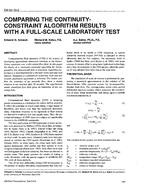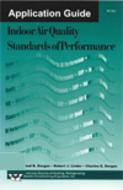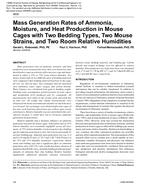Examining a typical pressure-enthalpy chart, it is generally believed that the evaporator benefits from a complete stream of liquid entering the coil. The conclusion from this is that maximum enthalpic capacity is achieved by subcooling or even super-subcooling the entering liquid and that anything less than a full column of liquid might limit the amount of heat transfer that the evaporator can accomplish.
The evolution in refrigerant flow testing and mapping is now providing support for a different view. This paper will examine the net effect of an altered bi-phase flow (ABF) regime in evaporative coils, with consideration of a high vapor fraction and turbulent refrigerant flow (HVFT). Furthermore, the pressure-enthalpy chart lends improving evaporator pressures, control during transient operation, refrigerant density at the compressor, and rate of heat transfer among other factors can combine to reduce energy consumption.
Two test and verification projects in supermarket mediumand low-temperature display cases and storage applications provide significant support for examining old rules-of-thumb. The first project involves a deli service case tested under laboratory conditions. This test demonstrates the effect of evaporator operation utilizing an ABF regime and compares this to the operation of a pulse-type electronic expansion valve system. The results demonstrated operation with the ABF regime permitted increased compressor suction pressure, improved product temperature, provided more stable refrigerant temperatures, and improved case humidity. The second test and verification project involves field retrofitting of existing direct expansion evaporators to the ABF regime and measuring the results. The resulting change in refrigerant flow regime demonstrated improved performance, resulting in consistent and reduced conditioned supply air and product temperatures, improved oil return, reduced compressor discharge temperatures, and increased evaporator pressure. Product quality and energy savings were also measurable.
Units: Dual
Citation: Symposium, ASHRAE Transactions, vol. 111, pt. 1, Orlando 2005
Product Details
- Published:
- 2005
- Number of Pages:
- 10
- File Size:
- 1 file , 1000 KB
- Product Code(s):
- D-25620


